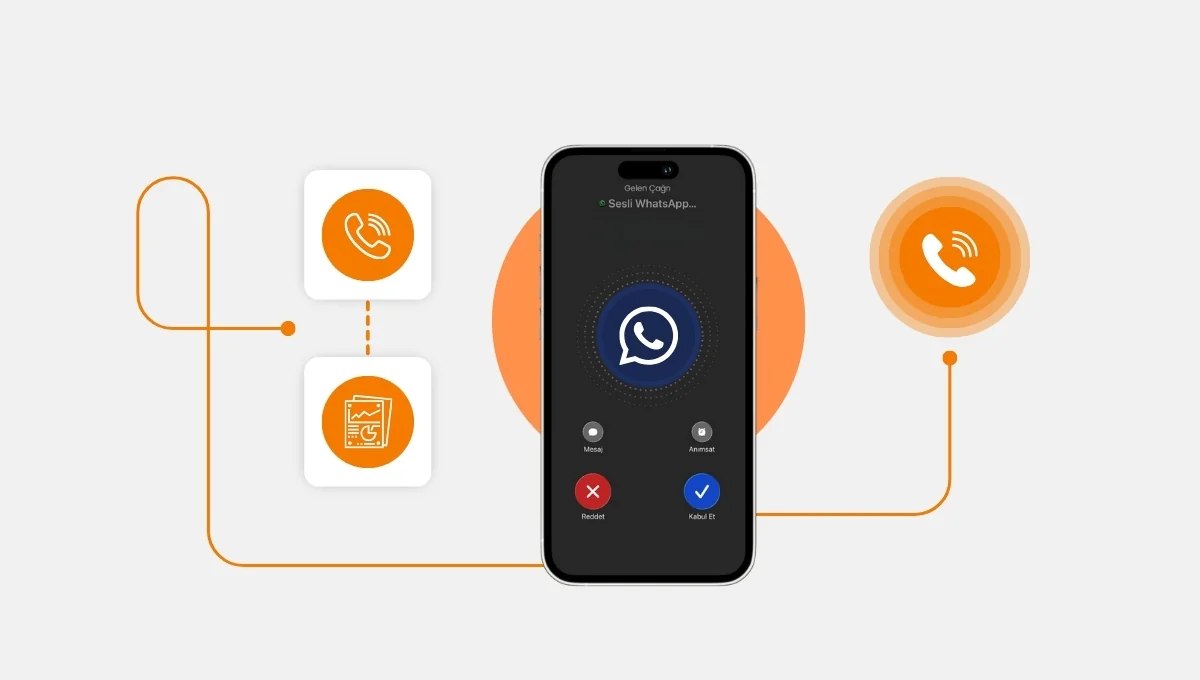When you set foot in any office, you’ll find the staff using specific phone lines to communicate. While employees can use personal phones, having a dedicated network improves productivity by maintaining a clear distinction between work and personal communication.
These extensions usually take the form 555-1234 ext, where the “ext” can be a number, such as 101, 102, or onwards.
Phone extensions keep communication open during operational hours and beyond. They improve your team’s collaboration, and your center’s customer service and organization also benefit. Cloud call center software comes to your rescue here because it helps you set up these networks. Call Center Studio is among the leading platforms.
Here is a step-by-step guide in question form to help you get started.
What is the Right Phone System for My Business?
Selection always seems obvious, but it is not. Setting up phone extensions with the wrong system has its fair share of downsides, including failed networks, clarity issues, and high operational costs.
When you prioritize selection, you offer top-notch service. Thankfully, modern technology offers options. You can use either of these two to set up phone extensions.
Cloud-based Systems
Cloud-based solutions like Call Center Studio’s cloud call center software are perfect examples. The solutions offered by such organizations fit phone extensions for businesses with remote employees or multiple locations.
Like cloud-based solutions in emailing and storage work, you can access your phone extensions from anywhere. Flexibility becomes the most significant win here. You can set up new networks and update existing ones.
Another plus? Such software comes with a collection of features. We’re talking about:
- Call recording
- Voicemail
- Number masking
- Call queuing
- Predictive dialing
All of the above are geared toward boosting customer service.
Traditional PBX Systems
For those old-school business operators, a PBX system might suffice. Here, all hardware is kept on-site. It makes sense for businesses with physical locations.
The main downside is that it requires more upfront investment. You need hardware, space, and a workforce to supervise—and security. Another downside is that scaling and adjusting these PBX systems can become more complex and expensive. You also need experienced professionals to perform the upgrades.

How Do I Select the Extensions That Fit My Business Needs?
After closing in on what system to use—cloud or PBX—ask yourself, “How many extensions do I need?” The determining factors are your business’ operational size and the target audience you serve.
Here is a breakdown of what can help you decide on the phone extension numbers.
- Small Businesses: If you’re just starting, you probably have a small customer base. This also means that your needs may be relatively simple. A few phone extensions, even three, might suffice: one for sales, one for customer support, and one for management.
- Growing Businesses: Suppose you’ve been in the game longer and are on an upward trajectory. You’ll need more extensions. The number here will rely on the departments you have: HR, IT, marketing, and accounts. These group extensions allow you to manage calls efficiently by routing them to specific departments rather than individuals. Call Center Studio delivers here an omni-channel contact center with chats, conversation APIs, and emailing.
- High Call Volume: A call center inevitably needs more extensions, which can include features like Interactive Voice Response or Automatic Call Distribution. Computer Telephony Integration, where all interactions are reflected in your systems, also helps. With such a setup, no customer is left waiting too long.

How Do I Configure My Extensions With Precision?
Proper configuration is key to a working system. Consider the following steps to ensure it functions smoothly.
Extension Number Allocation
Remember the pro tip on giving specific departments a set number range, say 100 to 199? This is where this applies. It simply makes it easier for people within the organization to reach out to those they need. Memorability will be enhanced tenfold if you do things this way.
Call Features Setup
Are you aware that you can configure phone extensions based on specific features? Yes, you can! And you must. It’s smart to configure based on functionalities like voicemail, call forwarding, or automated greetings.
Call Routing
This is when you configure the system to direct incoming calls based on criteria. Think of it as a guiding light to specific incoming calls. These criteria can be time of day or type of inquiry.
For example, calls to your customer support extension could be routed to an agent based on availability. They could also be forwarded to voicemail when the power at your center is out or an agent is unavailable. Here, routing the call to a self-service feature also suffices.
To maintain an organized system, proper call routing is vital.
How Do I Test the System and Troubleshoot Any Issues?
The final step in our list of four for setting up your phone extensions is testing. Are the lines working? Is the network stable? Are your agents familiar with the system?
These are just a few questions testing helps answer. Tests catch, diagnose, and fix all glitches before they affect your team’s work or customers’ experience. Test the entire system when you begin, and carry out routine checks after set timeframes. Ensure you:
- Test Call Routing: Once the configuration is done, make test calls to each extension. Is the call forwarding working? Does the voicemail feature activate when it should?
- Check Voicemails: Next up is to ensure each extension’s voicemail is set up with the correct greeting and that messages are being delivered properly.
- Troubleshoot and Adjust: Suppose something isn’t working as intended, troubleshoot. Most cloud-based phone systems, like Call Center Studio, have troubleshooting tools.
Conclusion
Setting up phone extensions is easy: select the best, choose numbers, configure, and test. Lucky for you, cloud call center software like Call Center Studio makes the process easier than ever. You get one software to sort all your call needs.
Now that you know the four steps, don’t slack—take action to set up your phone extensions. Contact Call Center Studio’s experts to get it started today.




